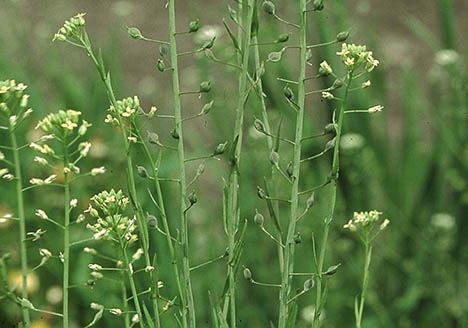 84% Reduction in Jet Fuel Carbon Emissions Possible Using CamelinaDec 28, 2009 - Matthew McDermont - Treehugger
Test flights earlier in 2009 by Japan Airlines and Continental Airlines showed that biofuels were more efficient than petro-fuels when used as aviation fuel, and now a new life-cycle analysis shows that jet fuel made from camelina does indeed go a long way towards reducing carbon emissions from flying: According to the analysis, done at Michigan Technological University, at the behest of (a proponent of camelina as a biofuel feedstock) and UOP (which makes the technology used to process it into fuel), jet fuel made from camelina reduces carbon emissions 84% as compared to petro-based fuels. Prof. David Shonnard of Michigan Tech: Camelina green jet exhibits one of the largest greenhouse gas emission reductions of any agricultural feedstock-derived biofuel I've ever seen. This high number is the result of the unique attributes of the crop—it's low fertilizer requirements, high oil yield and the use of co-products, such as meal and biomass, for other uses. Montana Alone Could Make 200-300 Million Gallons Per Year More: Sustainable Oils Biofuels |
